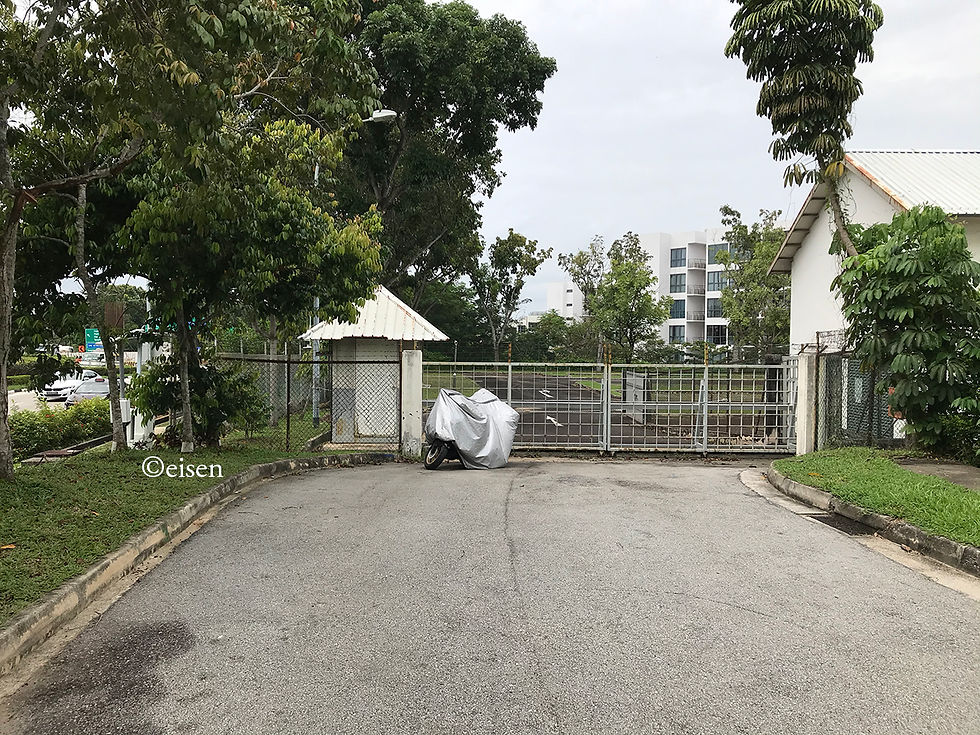- Jan 17, 2021
A semi-expressway is being built in the northern part of Punggol town, north of Punggol Waterway, connecting Seletar North Link in the west to the road named Punggol East in the east.

Compared to an expressway, a semi-expressway has lower speed limits. Examples include West Coast Highway and Nicoll Highway with speed limits of 70km/h.
Here’s a shot of Punggol’s semi-expressway under construction, taken from the West Loop of the Punggol LRT Line.

The semi-expressway lies on a slope overlooking Punggol Waterway, which had been excavated out of the natural landscape.

















